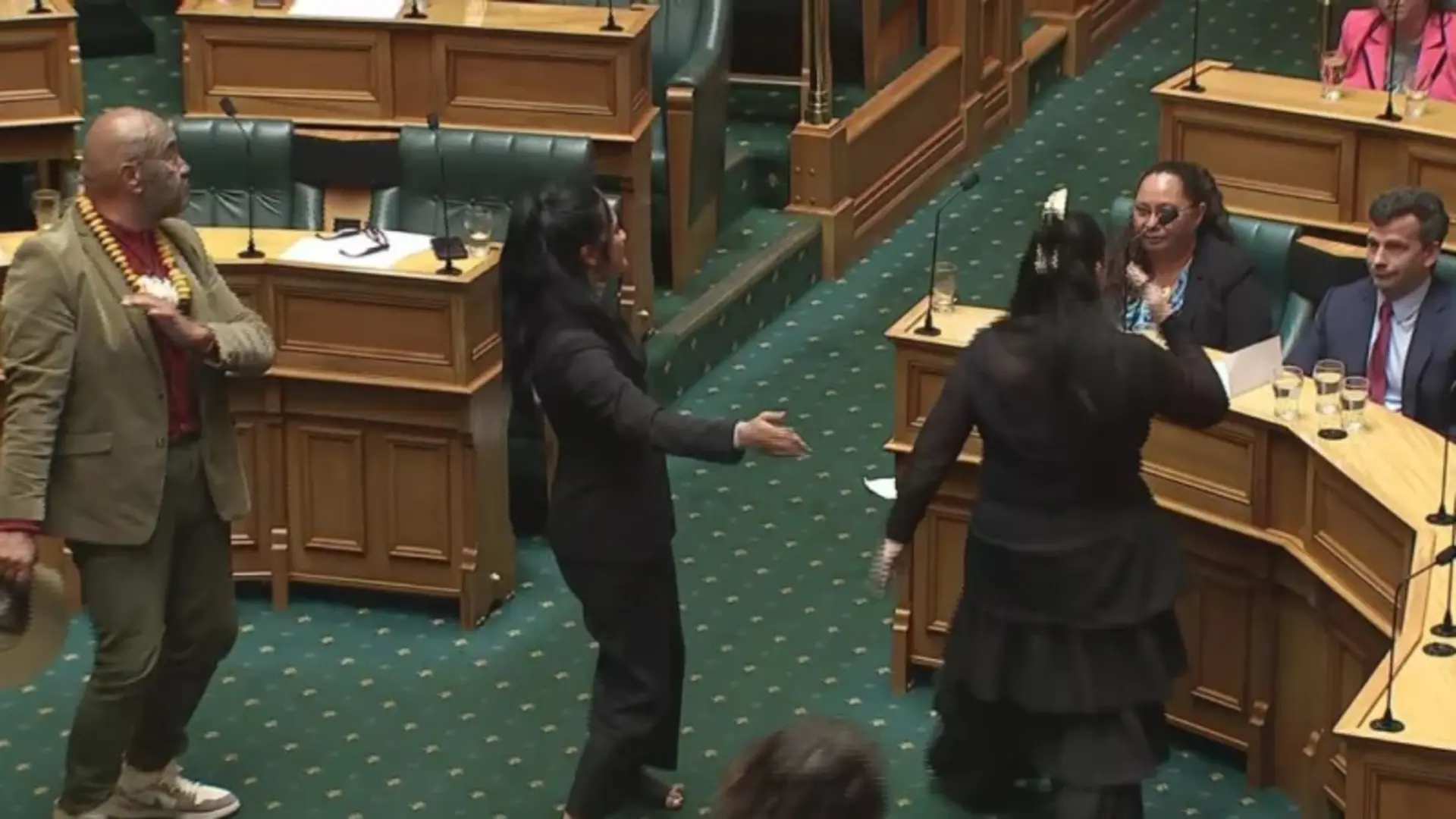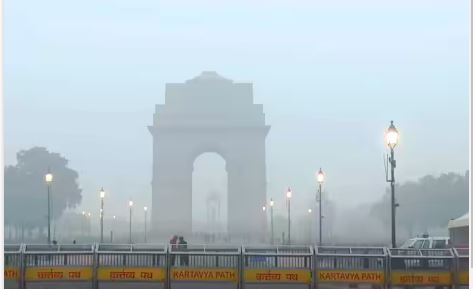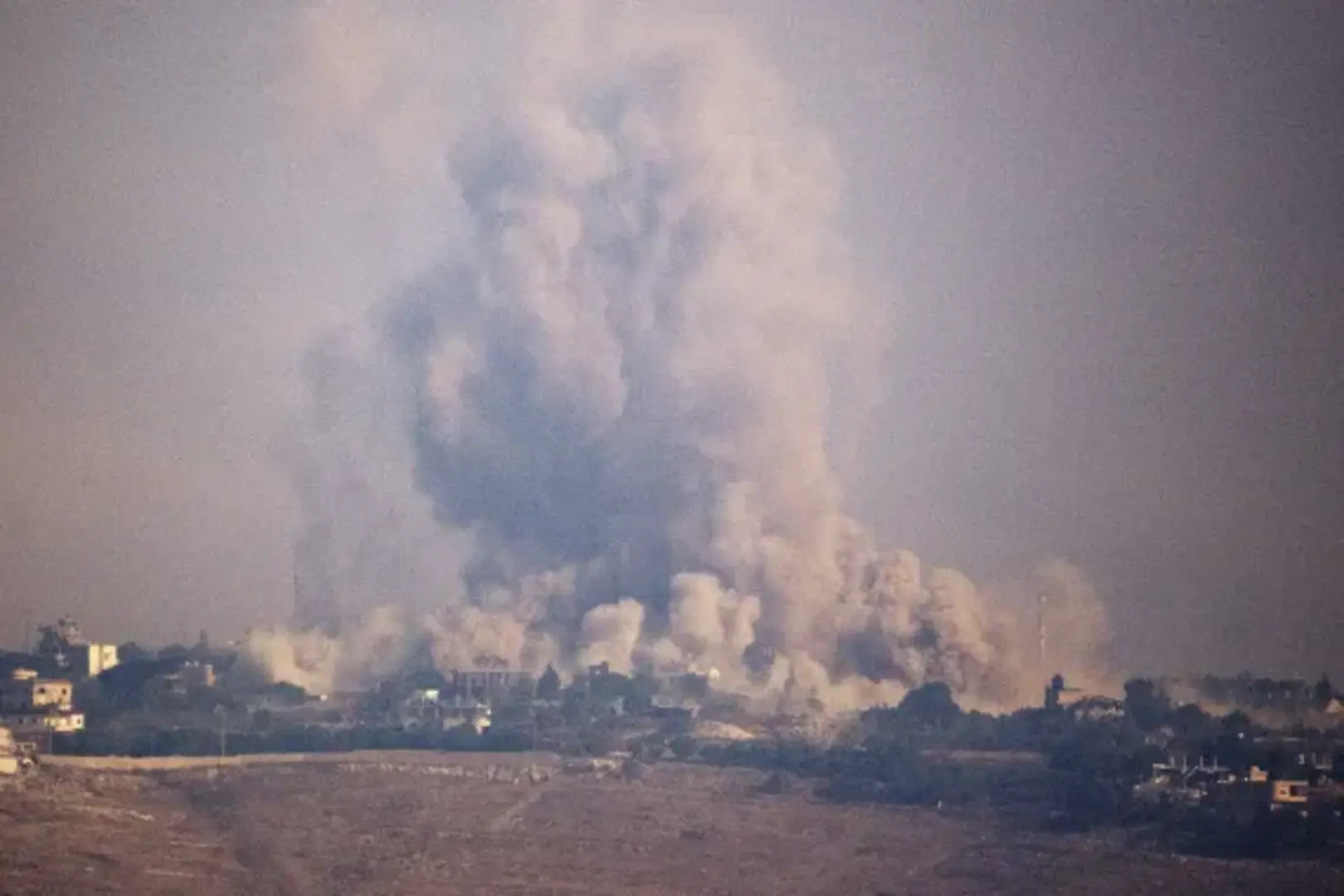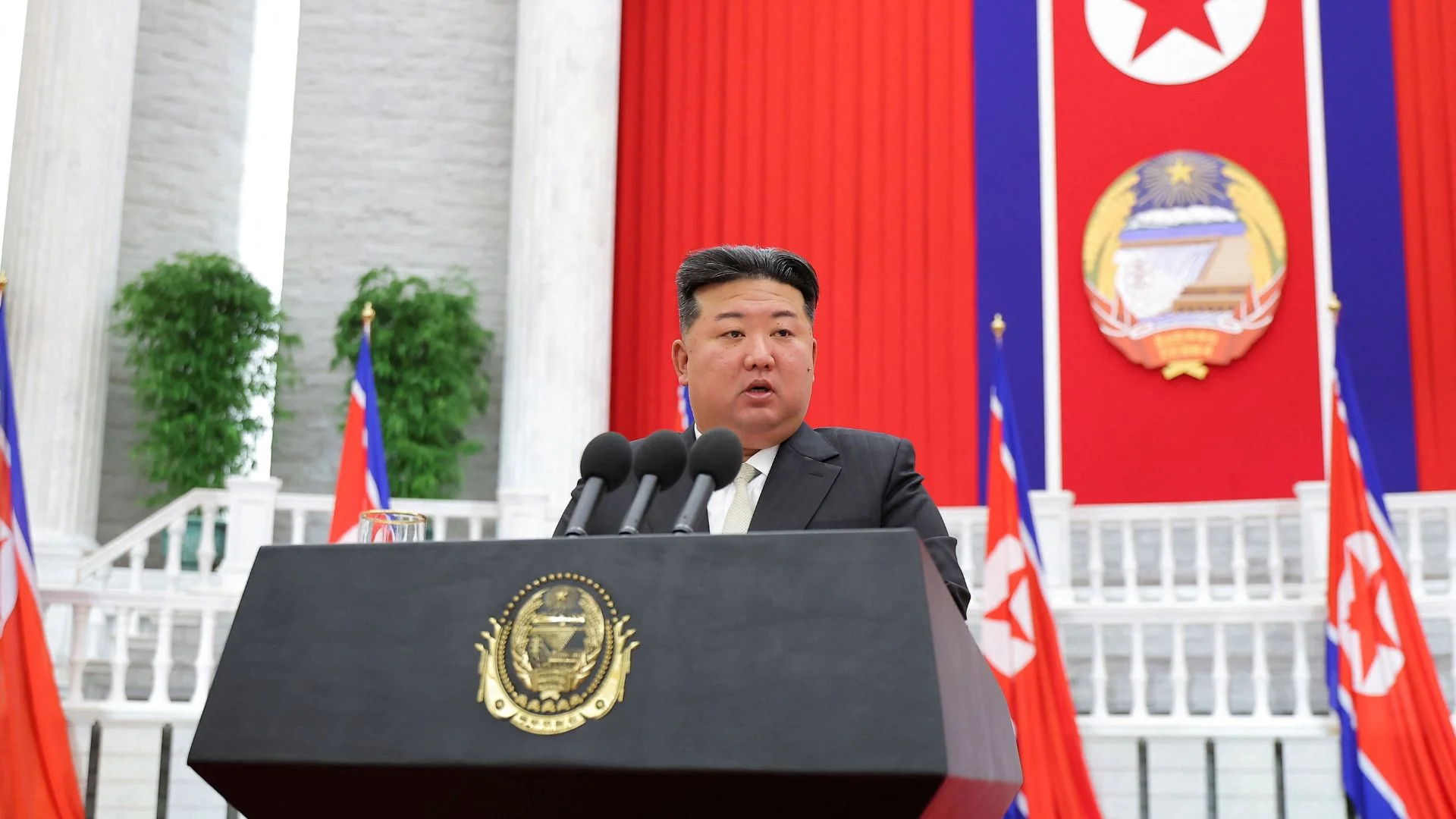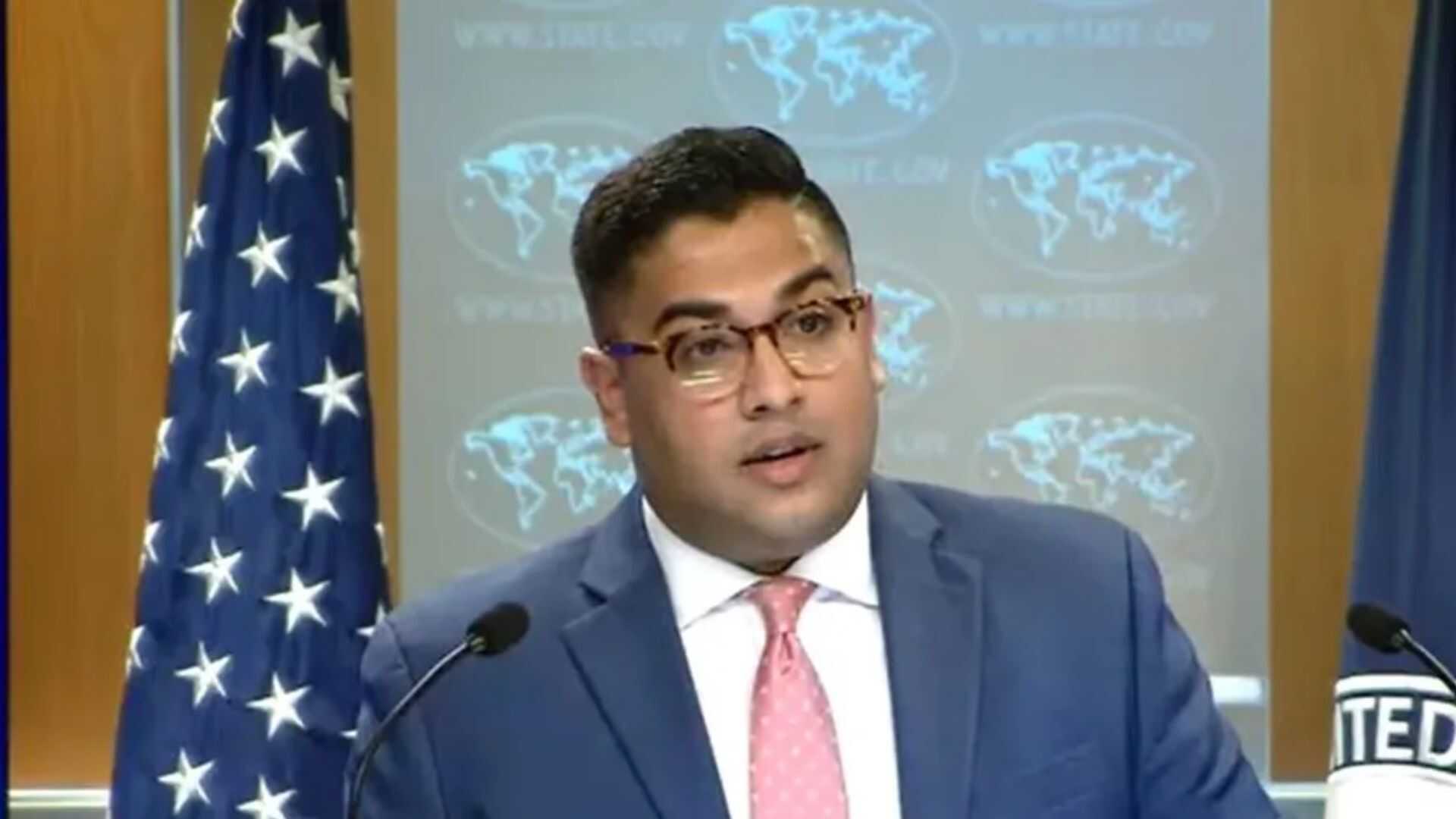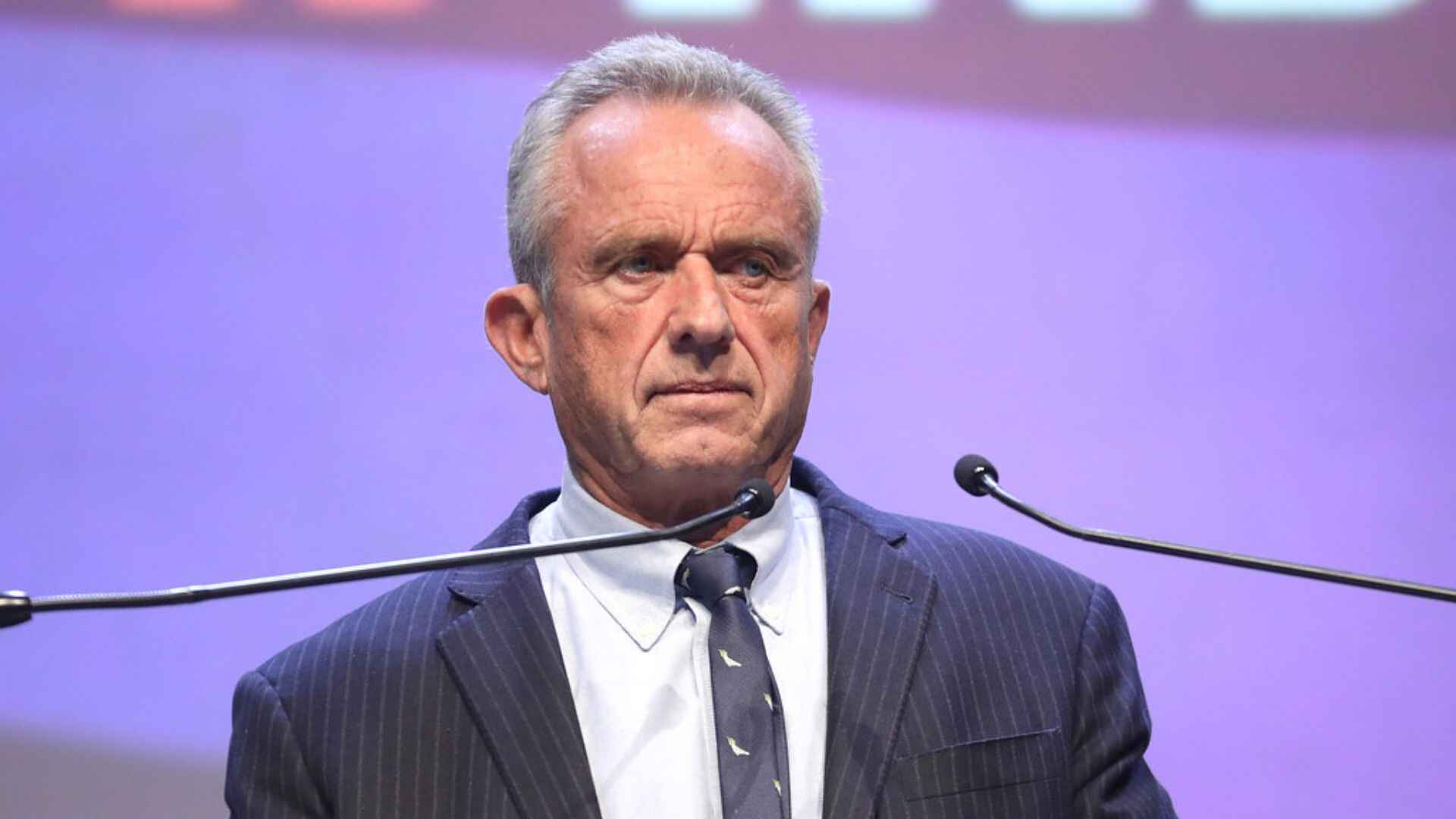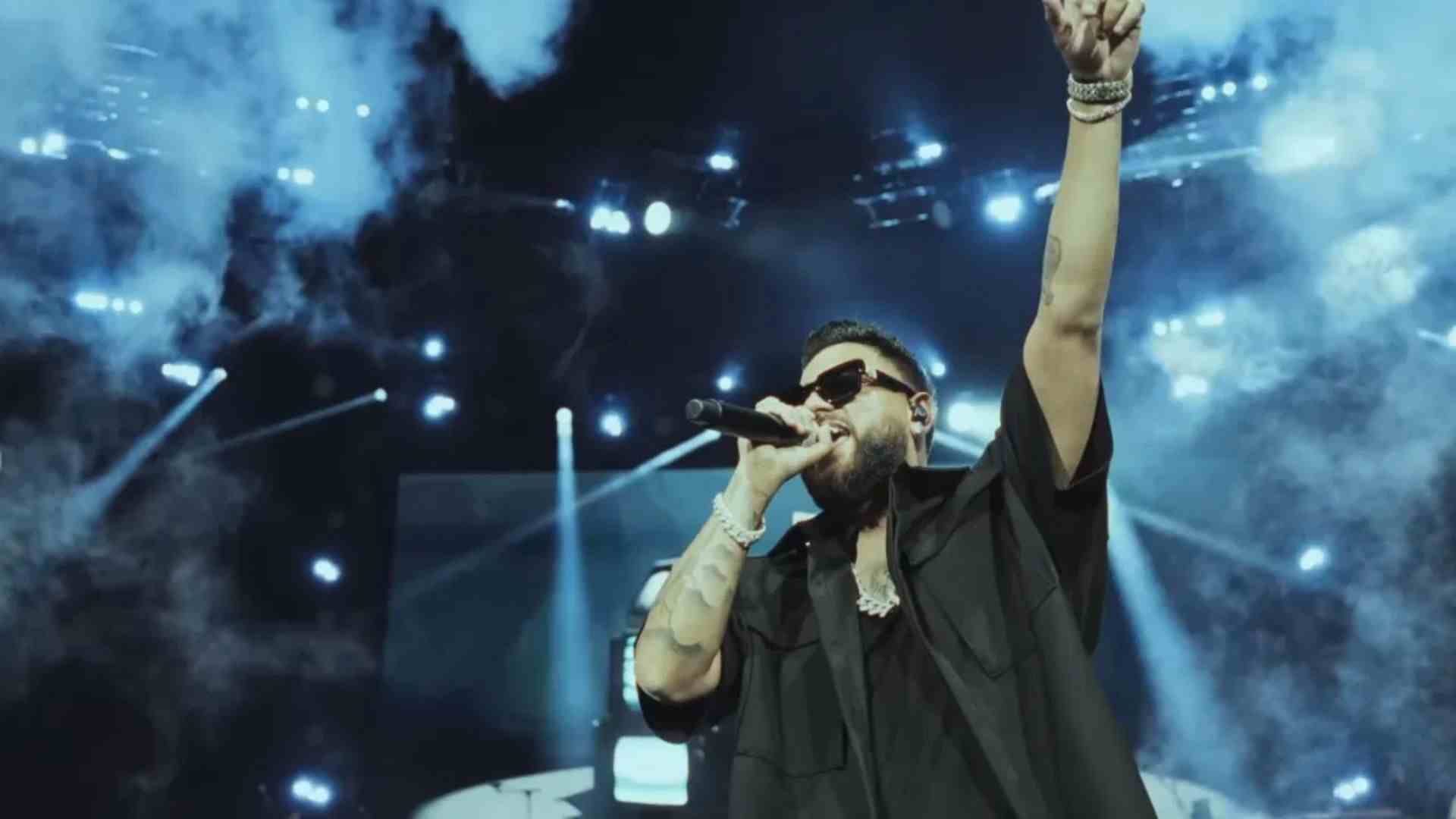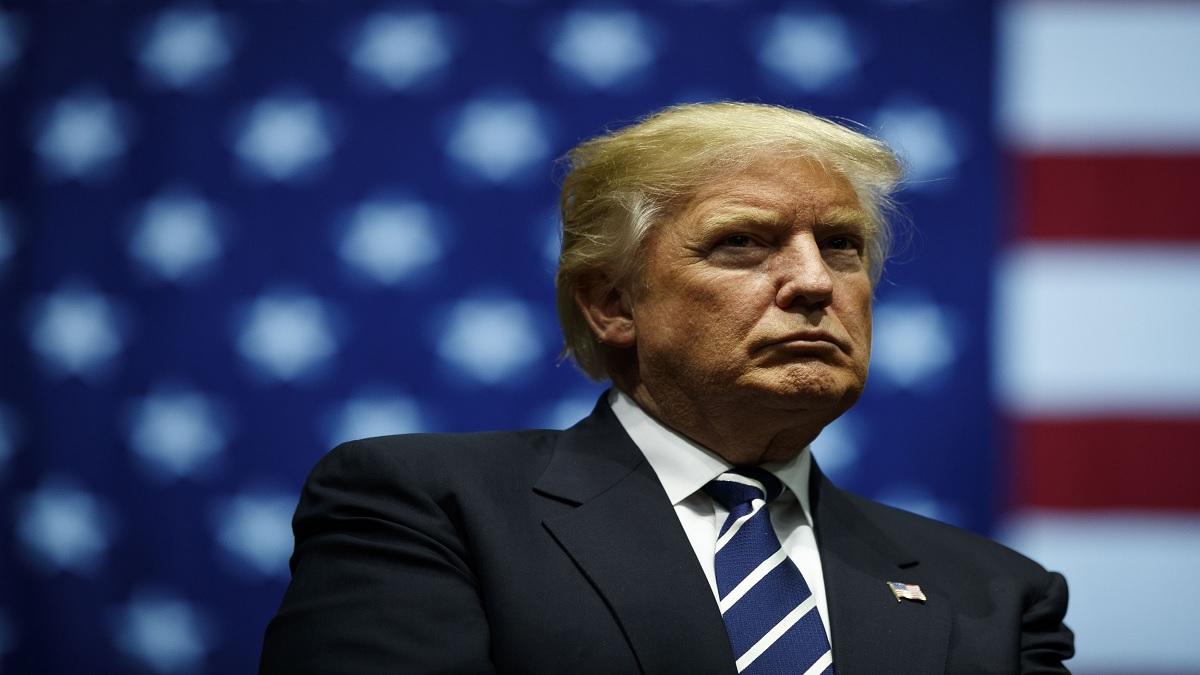
Fuming China, reluctant Russia, divided Europe and elated India! That’s the sum up of the emerging geopolitics after US President Donald Trump postponed the scheduled June G7 summit until September to “expand it by inviting India, Australia, South Korea and Russia” to the world’s top economies’ bloc, which he calls a “disorganised group”.
The invite has already been buzzing across the world as strategic affairs experts from the US to China are reading the fine print of the invite of the President, who many see is compelled to create a “wedge between Russia and China to strengthen his anti-China bloc” and also as a former Chinese diplomat was quoted in South China Morning Post as saying, “It is a trial balloon to test the triangular relations between the three countries in a bid to score diplomatic points ahead of the presidential elections.”
Russia may be testing waters and the invite, if accepted, for which the possibilities are dim given the last two decades of the Beijing Moscow bonhomie, may be the pass to enter the “mainstream world of top economies again”, something Moscow has been missing since the international isolation in 2014 after it annexed Crimea and invaded Ukraine. It might also open the doors for Moscow to start the diplomatic channels again with European powers. European nations are still not positive about Russia’s inclusion. Russia is cautious and guarded. The compulsions are many for Moscow — Border and Road Initiative and the joint dream to control the Pacific to Atlantic region with Asian powerhouse, Beijing.
While lauding the invite to expand the grouping, Moscow also questioned China’s exclusion, saying: “It is hardly possible to implement serious global initiatives without China.” But President Trump is thinking differently and he wants to exclude China from the new global order emerging with Russia in tow
Beijing knows this “compulsion of Moscow” too and is anxious and frustrated. The Chinese Foreign Ministry spokesperson was quoted as saying that any attempt to draw a “small circle” against Beijing would be “doomed to fail” and become “unpopular”.
Top global powers are in churning, but for India, it’s a win-win situation as Prime Minister Narendra Modi appreciated President Trump’s invite and “vowed to carry the warm friendship to a new high by participating and contributing to the coveted economic bloc”
Many India experts in the US think tanks see this as a “big opportunity for New Delhi and the US” to lead forward in making Quad a formal alliance to step up the maritime security and defence partnership in the Indo-Pacific region, including the troubled South China Sea waters. Michael Kugelman, South Asia expert at the Woodrow Wilson Center says, “It’s part of Washington’s ongoing attempt to bring together like-minded countries concerned about China’s increasingly aggressive actions in Asia. If all invited countries come to the meeting, you’ll have the full membership of the Quad there. And the Quad itself is meant to push back against China… Moreover, it would mark another example of the two countries (India and the US) partnering on the global stage, and that’s something both capitals want to be doing a lot more often in the emerging geopolitics.”
A former State Department official and India expert, Professor Walter Andersen sees this as “the US interest to see India growing”. Andersen said: “First, Trump and Modi clearly got along well — and personal equations are important, especially with Trump. Second is the recognition that India is a rising economic power — and the US wants India to be a rising economic power partly to make it a realistic counter to China.” For India, Andersen also added, it would mean counting a world power, something that PM Modi wants as it would likely enhance its influence, giving it a seat at the high table of world politics in a fast-changing world.
The larger grouping comes close on the heels of several face-offs between Indian and Chinese troops along the Line of Actual Control (LAC) in eastern Ladakh.
The US has recently released a new vision document on China. The report, “United States Strategic Approach to the People’s Republic of China”, has been released by the White House and it has declared that it is “responding to the CCP’s direct challenge” by acknowledging that the two major powers are in a “strategic competition and protecting” their “interests appropriately”.
It is expected that the business potential and the strategic partnership between India and the US will expand. For Kugelman, it is more than a “mere strategic message”. The Wilson Center expert says, “I imagine both business and strategic ties to grow, but mostly strategic. From the Trump administration’s perspective, the foremost objective now when it comes to foreign policy is to balance out the growing power of China. And expanding the attendees of the G7 is meant as a part of that broader game.”
But India needs to prepare well ahead of the summit to send a strong message to the attendees. Kugelman has the mantra for India. “As India has taken on a greater role in world affairs, more opportunities have naturally arisen. The important thing, however, is for India to take the initiative itself to generate opportunities, instead of just free riding off of those put out there by Washington. In this regard, Prime Minister Modi’s effort to position India as a leader in regional and global responses to the pandemic is a very good thing.”
Kugelman adds that Trump stands to gain out of this invite to India, strategically as China won’t be pleased. “But the question is whether this expanded group of attendees at the G7 will be a springboard for similar efforts by Trump to deepen a global coalition against China, or if this will simply be an opportunistic one-off incident. We will find out soon enough,” he says.
Some see Trump’s invite to India as an attempt to score some political points among the diaspora ahead of elections. President Trump has been talking about his February trip to India and his friendship with Modi very often in public meetings. Andersen says, “Trump (and the US) will gain internationally by having India in the G7. He may also gain at home with the Indian-American community, who while largely favourable towards Modi, tend to vote for the Democrats.”
But that’s an insignificant point, given what Beijing is thinking currently. Chinese media and diplomats in Beijing think tanks are still assessing what is on plate for Asia with this “Trump’s tactical arrow”. Beijing, currently battling to save its “alliance” with Moscow, also stands to have the ties with South Korea affected with the expanded G7 grouping.
Strategically too, India’s role in the expanded grouping is crucial. India can also emerge on the scene if PM Modi and his foreign ministry works on persuading Russian President Vladimir Putin to drop guard and embrace Trump’s invite. PM Modi’s “multi-polar diplomacy” and his warm friendship with Putin, currently on test, can make it happen, given New Delhi’s traditional defence ties with Moscow. And if this happens, that will be a real show-stopper of the G7 (11) group meeting in September!
